|
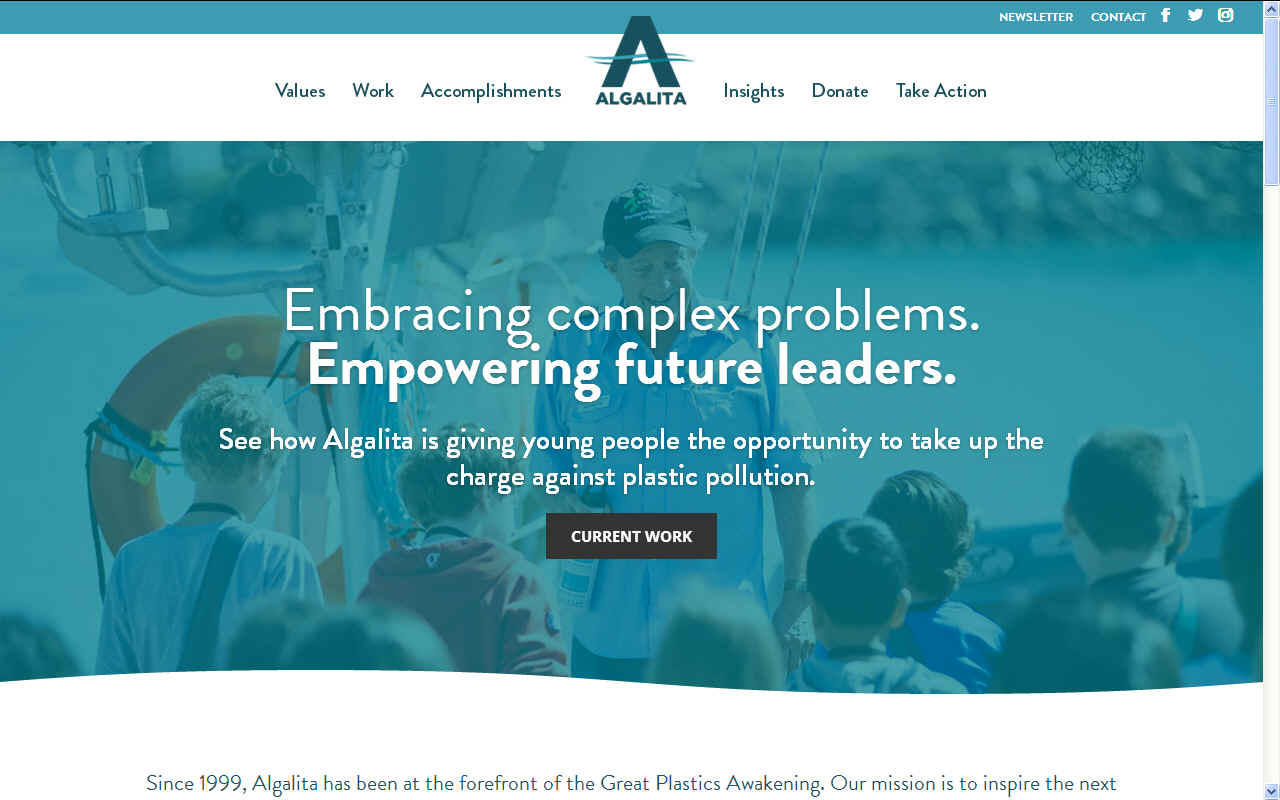
IL
CAPITANO -
Il capitano
Charles Moore, lo scopritore nel 1997 del ‘continente di plastica’ (Great
Pacific Garbage Patch) dell’Oceano Pacifico dal 4 al 9 ottobre prossimi sarà
per la prima volta in Italia per un tour ambientalista insieme ad una
delegazione americana della Strategia Rifiuti Zero capitanata da Paul Connett
il massimo divulgatore dello Zero Waste promosso da Zero Waste Italy, Centro
di Ricerca Rifiuti Zero del Comune di Capannori e l’associazione ‘Ambiente
e Futuro’.
Moore, fondatore dell’Algalita Marine Research Foundation sta dedicando la
vita allo studio dei fenomeni biologici legati agli impatti della plastica
sulla vita marina e sulla stessa catena alimentare ed ha pubblicato per
Feltrinelli il libro “L’Oceano di Plastica”. Sei le città, Torino e
Vercelli (4-5 ottobre) Parma (6 ottobre), Firenze (7 ottobre) Roma (8 ottobre)
Capannori (9 ottobre) che Moore toccherà insieme al team americano composto
anche da Rick Anthony, presidente della Zero Waste International Alliance,
Ruth Abbe, presidente di Zero Waste USA e Tom Wright esperto di sistemi di
imballaggio per iniziative di sensibilizzazione sulle enormi potenzialità
della strategia rifiuti zero in termini di salute ambientale ma anche di
opportunità di lavoro e sulle criticità planetarie a partire dal dramma dei
“continenti di plastica”. Al Tour parteciperanno anche Rossano Ercolini,
Environment Goldman Prize 2013 e presidente di Zero Waste Europe, Enzo Favoino
coordinatore scientifico della stessa organizzazione e Joan Marc Simon
direttore esecutivo di ZW Europe.
Il team degli “zerowaster” ribattezzato “Zero Waste Dream Team” sarà
in Italia anche per supportare le battaglie che si stanno svolgendo contro
l’articolo 35 dello Sblocca Italia che prevede una nuova ondata di
inceneritori ed in particolare per sostenere le associazioni e i comitati che
a Torino, Parma e Firenze si stanno prodigando contro i rispettivi progetti e
impianti di incenerimento. Il tour prevede anche tappe in città ormai simbolo
della strategia Rifiuti Zero come Capannori la pioniera italiana di questo
modello di gestione dei rifiuti che dal 2007 sta contagiando il “vecchio
continente” dove è in programma un incontro con il sindaco Luca Menesini e
il Centro di ricerca Zero Waste; come Vercelli dove la sindaca Maura Forte ha
intrapreso con risolutezza questo percorso. In seguito lo ZW Dream Team
incontrerà a Roma i vertici della giunta capitolina; sarà una tappa
d’obbligo per testare la sensibilità ambientale di una delle più
importanti capitali europee in vista del grande evento internazionale di
dicembre a Parigi sui cambiamenti climatici.
Charles
Moore is the man who first discovered the now infamous Great Pacific Garbage Patch in the North Pacific Subtropical
Gyre. The Captain famously claimed that cleaning it up would be impossible:
“Trying to clean up the Pacific gyre would bankrupt any country and kill wildlife in the nets as it went.”
And there’s no denying that the plastic-ridden expanse of the North Pacific, the largest of five oceanic gyres where plastics collect in slowly rotating currents, is a challenging environmental nightmare, one that can’t be fixed with a fleet of carbon-emitting and net-dragging boats.
The Algalita Marine Research and Education Foundation,
that Moore founded, describes the garbage patch as ‘a “plastic soup”, where the plastic is distributed throughout the water column’, taking up an area of the ocean roughly two times the size of Texas.
With most of the plastic broken into small pieces through exposure to the sun’s ultraviolet radiation, the foundation presents this disheartening analogy for those ambitious enough to think it can be cleared: ‘Think of how difficult it would be to gather confetti from along a stretch of beach. Now imagine the area you are trying to clean is not only miles long, but also miles deep.’
Algalita was the first organization to analyze samples from all five subtropical gyres. We also developed the world’s first set of research protocols for sampling ocean plastic pollution, conducting 13 collaborative expeditions in the process.
They’ve done extensive work in the Southern Hemisphere, including developing the first ocean plastic pollution monitoring program in this part of the ocean, providing the first ever baseline data set for northern Chile, and founding a South Pacific chapter of
Algalita.
Algalita co-founded both the first NGO alliance (Plastic
Pollution Coalition) and first plastic industry alliance (Trash Free Seas Alliance) focused on ocean pollution.
They also co-hosted the first annual Ocean Heroes Bootcamp alongside UN Environment and several organizations from across the nation.
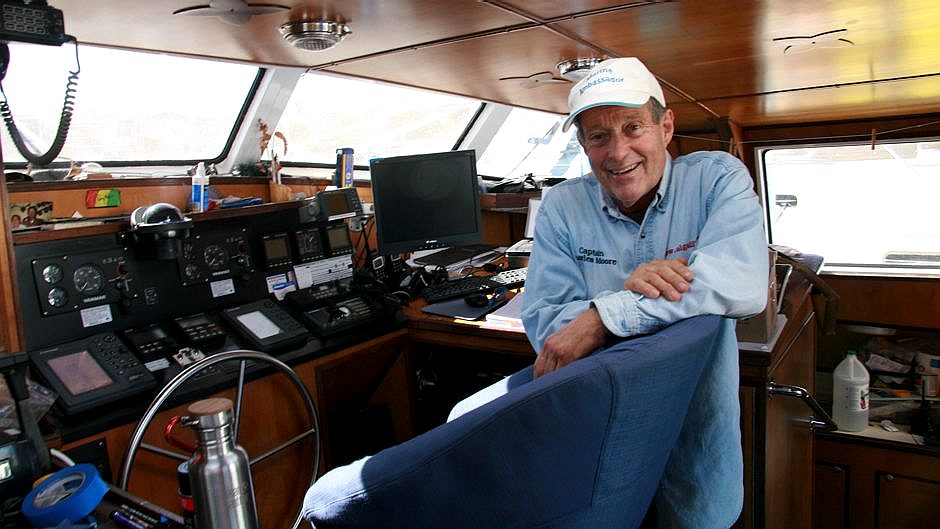
INHABIT 08/02/2017
A few months ago, scientists found a new garbage patch in the Arctic
ocean. And now, another pocket of plastics, human trash, and chemical waste has been discovered in a newly-explored region of the Pacific Ocean. Like it’s cousin the
“Great Pacific Garbage
Patch,” it’s an environmental burden that shows just how irresponsible humans have become in recent years.
The new patch is located between Hawaii and the mainland US, and it was discovered by the Algalita Research Foundation. Charles Moore led the six-month volunteer voyage. Though researchers are still determining the garbage patch’s size, it is estimated to be as big as a million square kilometers (386,100 square miles) — four times the size of the
United Kingdom or 1.5 times the size of Texas!
Moore told ResearchGate: “We discovered tremendous quantities of plastic. My initial impression is that our samples compared to what we were seeing in the North Pacific in 2007, so it’s about ten years behind.”
Though the vortex of trash is gargantuan, pictures of the patch are somewhat misleading in terms of the size of debris. Initial analyses reveal that the majority of the plastics are the size of a grain of rice. Of course, there are larger pieces of garbage, such as bottles and fishing nets. So far, it looks as if most of the waste was disposed of by commercial enterprises, such as the fishing industry. This means general consumers are less to blame. “We found a few larger items, occasionally a buoy and some
fishing gear, but most of it was broken into bits,” said Moore.
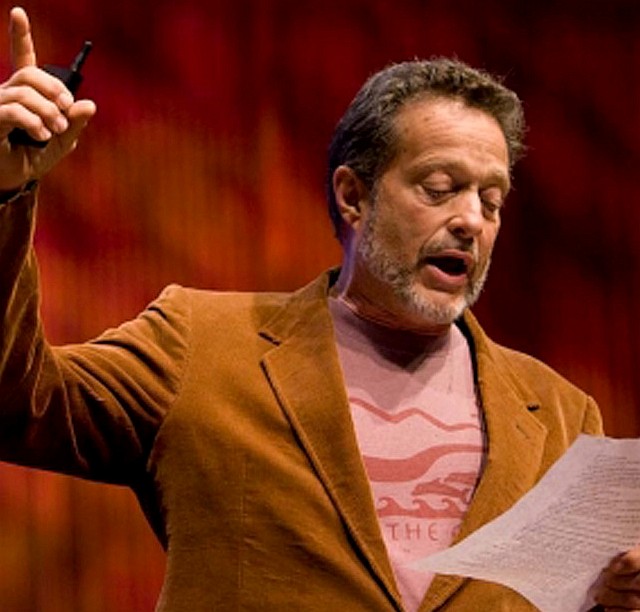
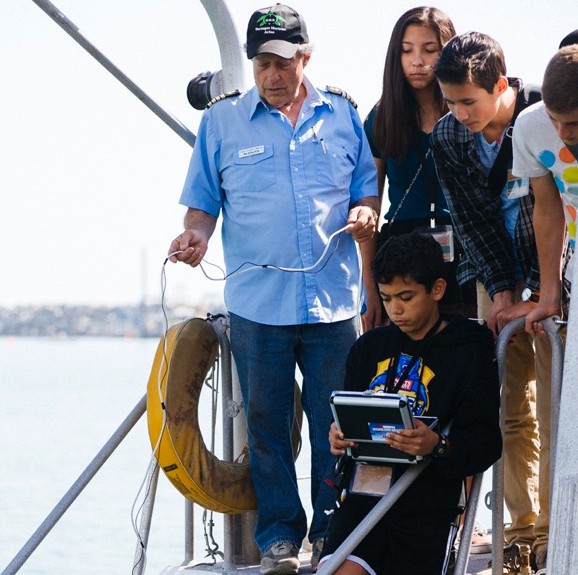
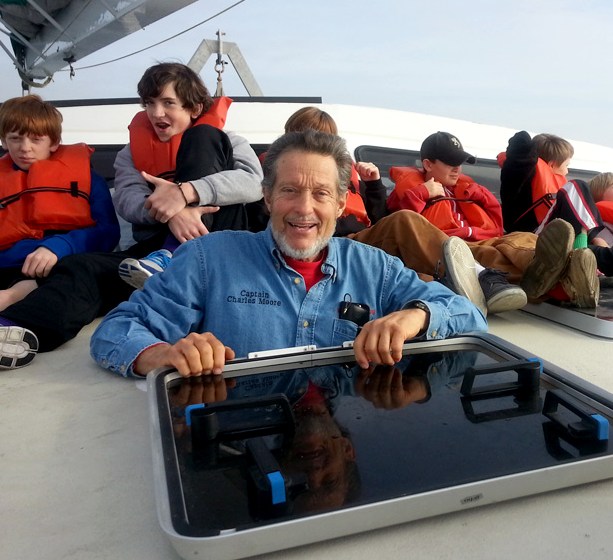
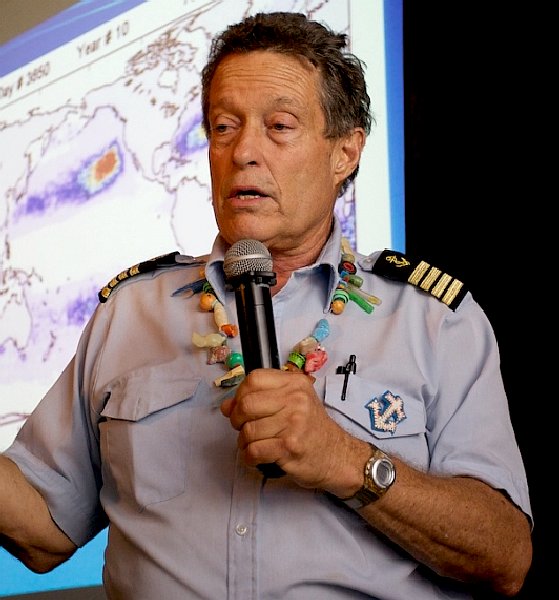
Small or large in size, plastic debris still poses a serious threat to marine wildlife and terrestrial ecosystems. It’s estimated that by 2050, 99 percent of birds will have plastic in their guts due to the extraordinary amount of goods disposed of by humans.
Though you may think you have nothing to do with the problem, that is unlikely – 80 percent of pollution enters the ocean from land. Over time, plastic debris breaks up into micro-particles that don’t easily biodegrade and are ingested by wildlife. If animals — such as
turtles and
fish — don’t die from swallowing the trash, their bodies are likely to become more toxic due to the PCBs and other chemicals found in plastics. This, in turn, makes them unsuitable for consumption by humans and other creatures.
As IFLScience reports, garbage patches in the ocean result from giant systems of circulating currents (gyres) sweeping debris up from ports, harbors, rivers, docks, and ships. The trash then becomes trapped and oftentimes accumulates for years before it is spotted.
Though this new vortex of trash is bad news, it doesn’t mean hope is lost. Humans still have time to adopt sustainable habits and prevent climate change from worsening. As innovations are developed to clean up the oceans, individuals and families can reduce their burden on the environment by eating more unpackaged whole, unprocessed foods, bringing recyclable bags to the grocery store and boycotting plastic whenever possible.
By Amanda Froelich
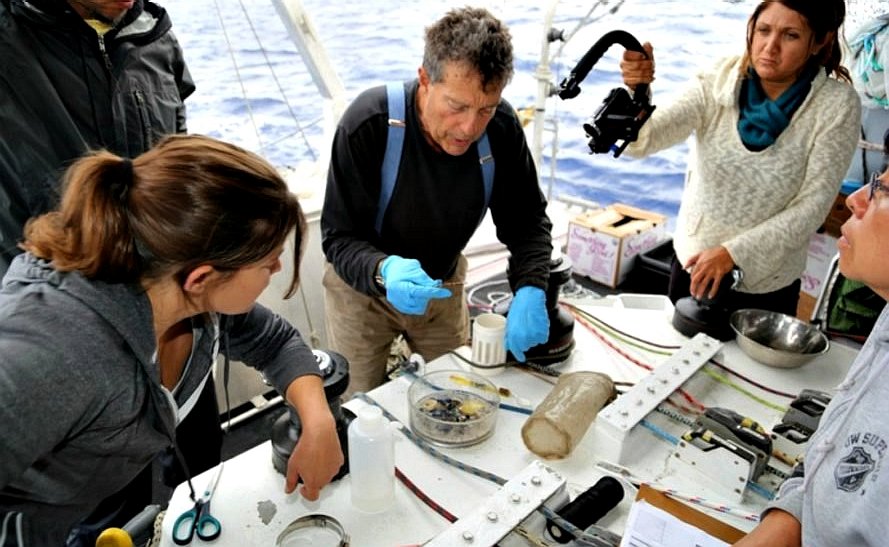
CONTACTS
148 North Marina Drive
Long Beach, CA 90803-4601
562.598.4889
Executive Director, Katie Allen – katie@algalita.org
Education Director, Anika Ballent – anika@algalita.org
Development Coordinator, Stephanie Shao – stephanie@algalita.org
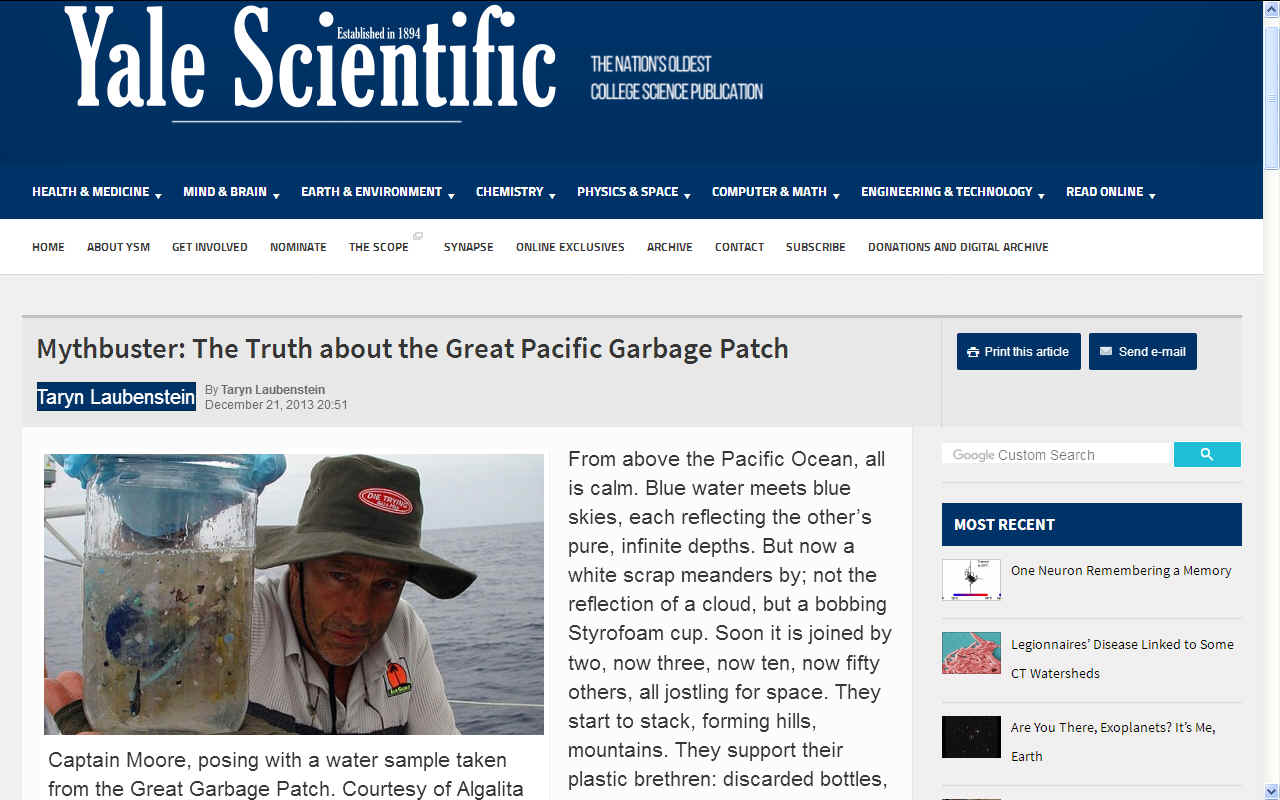
YALE
SCIENTIFIC 21
DECEMBER 2013 - MYTHBUSTER
- From above the Pacific Ocean, all is calm.
Blue water meets blue skies, each reflecting the other’s pure, infinite
depths. But now a white scrap meanders by; not the reflection of a cloud,
but a bobbing Styrofoam cup. Soon it is joined by two, now three, now ten,
now fifty others, all jostling for space. They start to stack, forming
hills, mountains. They support their plastic brethren: discarded bottles,
packaging materials, webbed fishing nets. Worn-out tires pile atop one
another forming rubber towers, while flimsy shopping bags flutter like flags
in the breeze. It is an island of plastic the size of Texas, floating in the
middle of the Pacific.
This is the image that comes to mind when people hear of the Great Pacific
Garbage Patch: a massive, floating heap of debris. However, while it is true
that trash does find its way into the oceans, the Great Pacific Garbage
Patch is not a floating island in the traditional sense. Instead, the
Garbage Patch is composed of tiny plastic bits that linger unseen beneath
the surface, ranging in size from a few square inches to barely visible
specks.
OCEAN
CLEANUP PROJECTS A - Z
*
Adidas
*
Algalita
research foundation *
Aliance
to end Plastic Waste AEPW
*
Baltimore
Mr Trash river cleaning barge
*
BAN - Basel
Convention Action Network
*
Boyan
Slat's ocean booms
*
CLAIM
H2020 EU marine plastic project
*
Earth Day - Fact
sheet ocean plastic
*
Fionn
Ferreira's ferrofluid extraction of microplastics
*
FlashLight
Press Michelle Lord & Julia Blatt
*
Greenpeace
*
GRIPS - Global
Research & Innovation in Plastics Sustainability
*
5 Gyres Institute
*
Interceptor
tethered river cleaning barges
*
Junk
Raft - plastic awareness voyage
*
Kids
Against Plastic Tat KAPTAT
*
Kulo
Luna graphic novel
*
Miss
Ocean - Plastic Awareness Events
*
4Ocean recycled plastic bracelets
*
Nike
- Sneakers from recycled materials, ocean spills
*
Ocean
Voyages Institute
*
Ocean Waste Plastic
*
Parley
AIR
*
Plastic Free
Eastbourne
*
Plastic
Oceans Canada
*
Plastic
Oceans Chile
*
Plastic
Oceans Mexico *
Plastic Oceans Org
*
Plastic Oceans UK
*
Recycling Technologies *
Rozalia Project
*
Seabin
*
Sea Litter
Critters
*
SeaVax autonomous drones
*
Surfers
Against Sewage
*
Surrey University PIRATE
& Triton
*
Sussex
Bay - Coastline marine rewilding project
*
World Oceans Day
*
WRAP - Waste
& Resources Action Programme
LINKS
& REFERENCE https://inhabitat.com/a-garbage-patch-bigger-than-texas-was-just-discovered-in-the-pacific-ocean/ https://www.improntaunika.it/2015/10/il-capitano-charles-moore-scopritore-del-continente-di-plastica-in-italia-per-un-tour-ambientalista/ https://algalita.org/
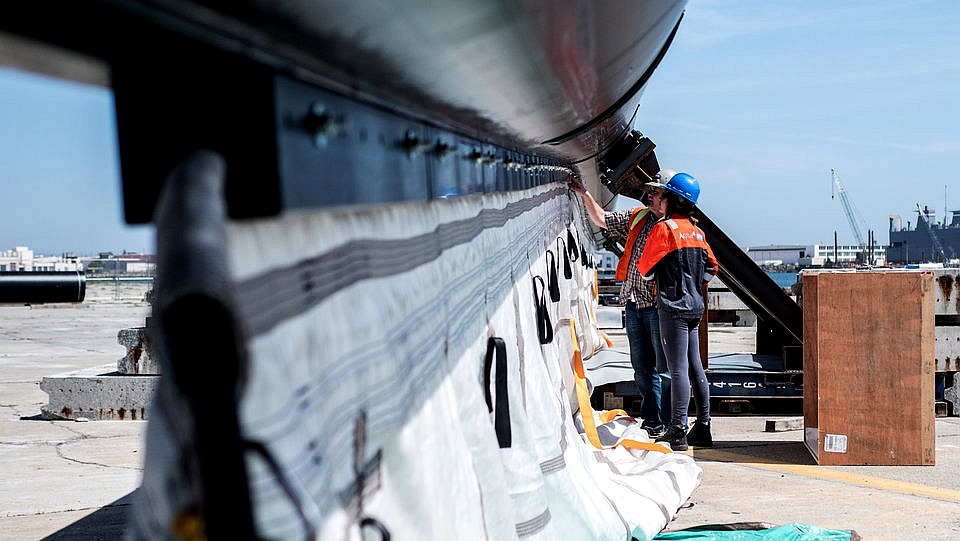
|








